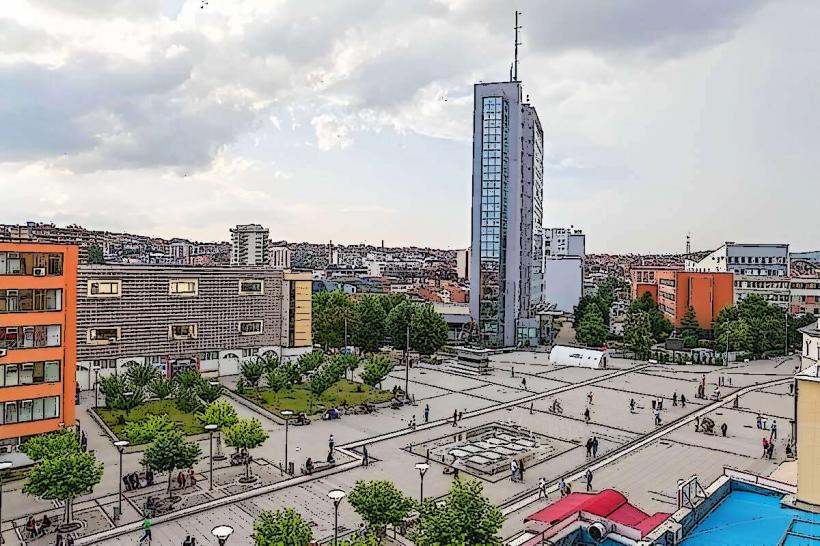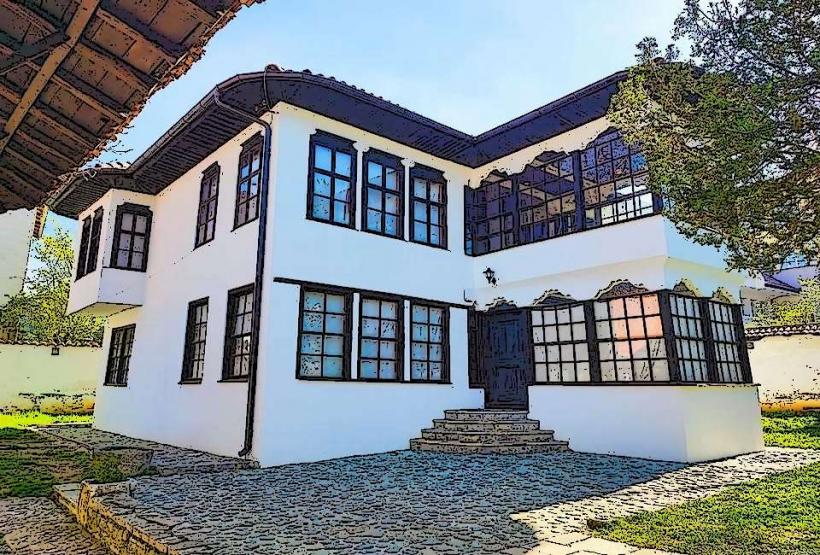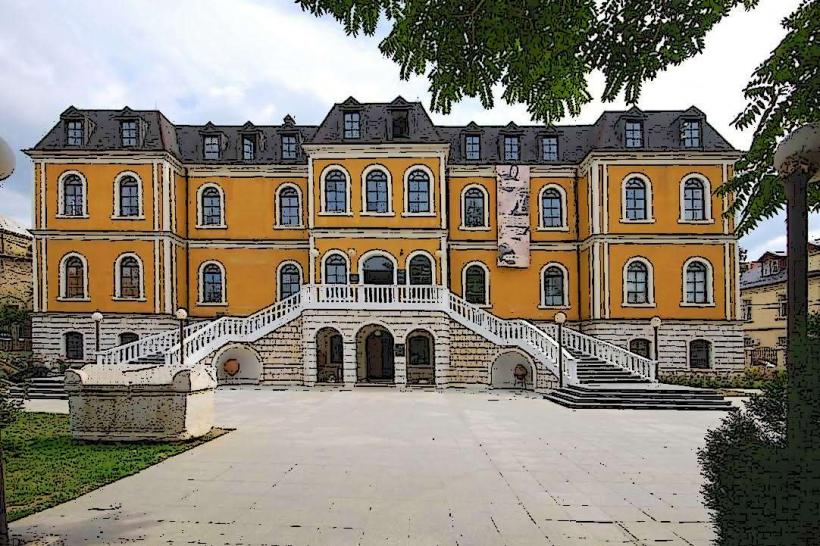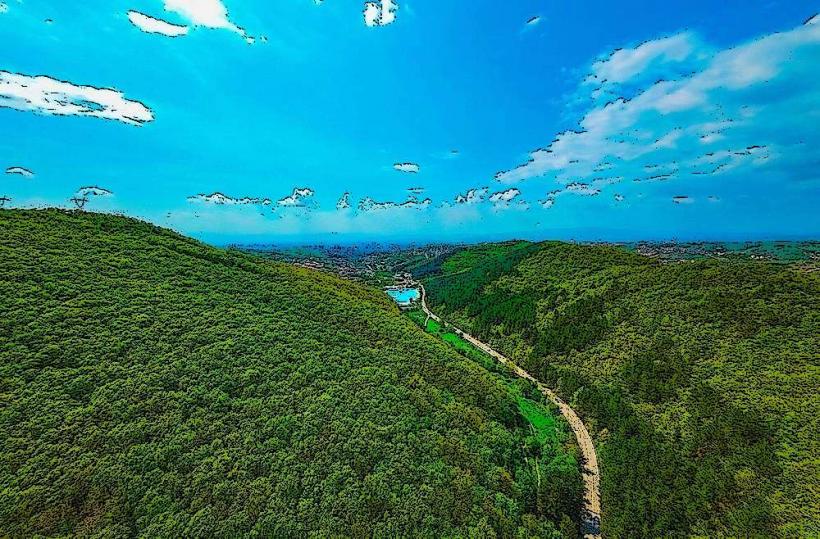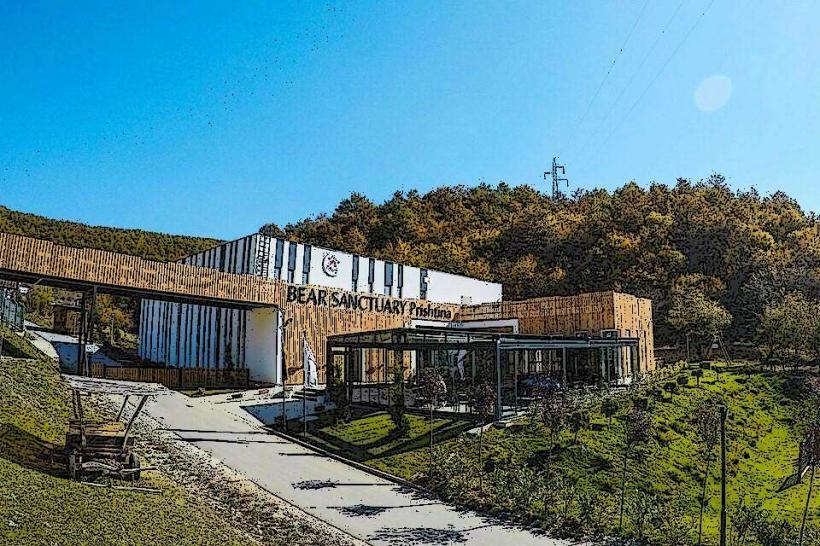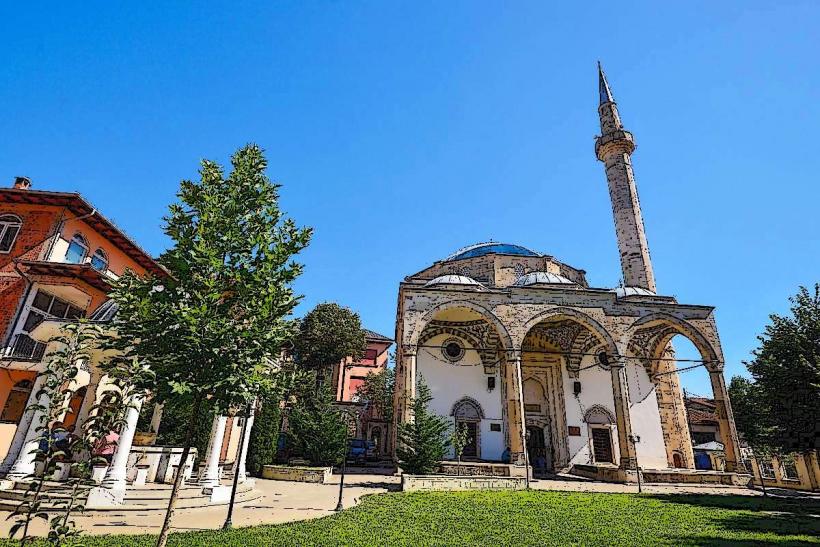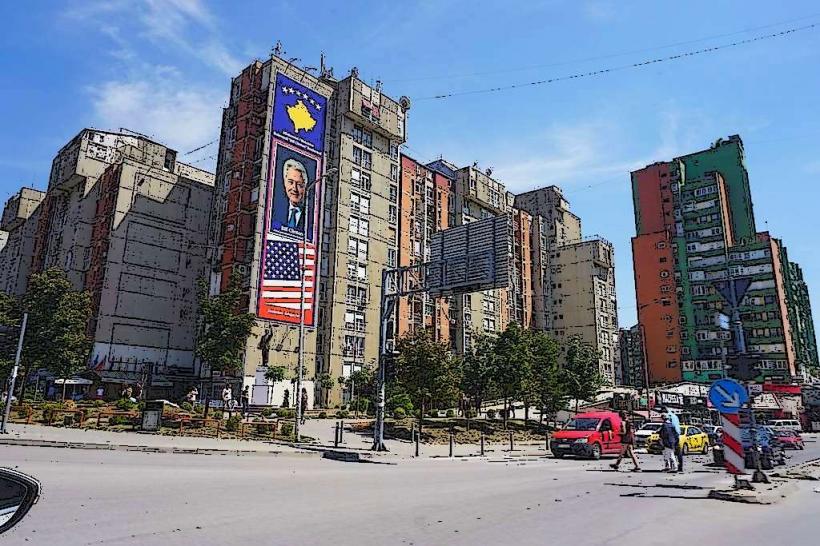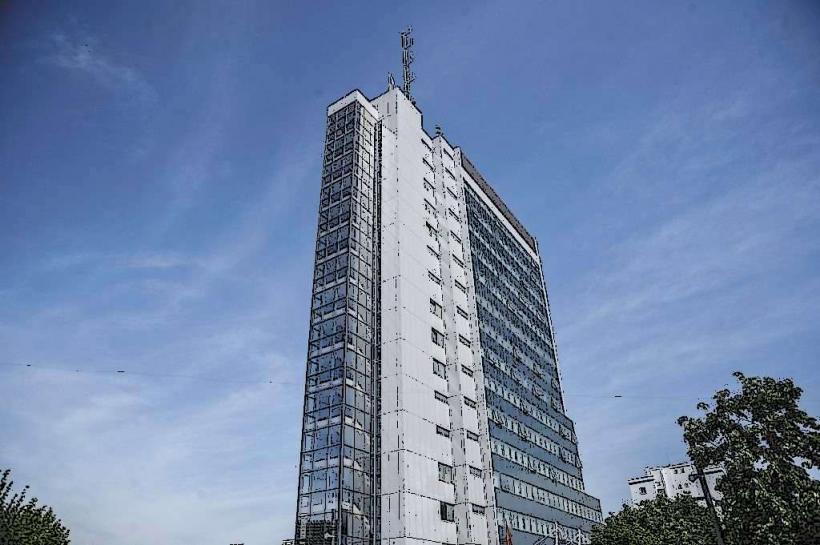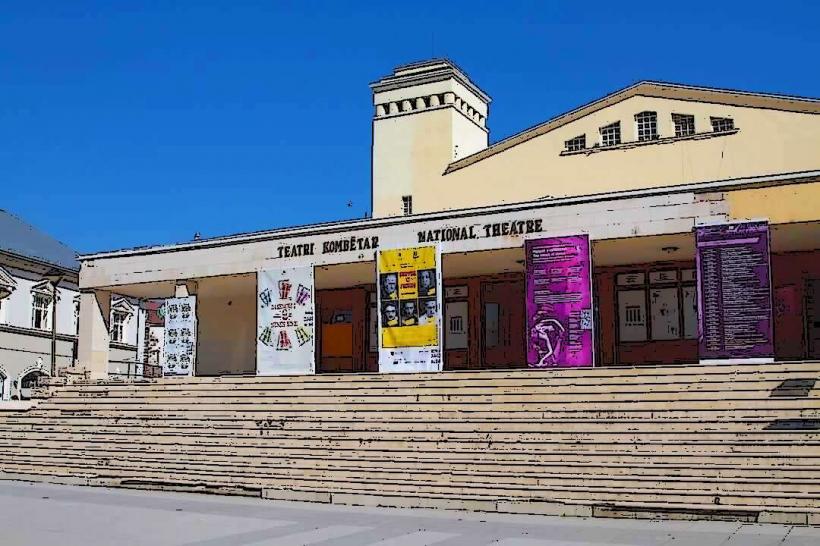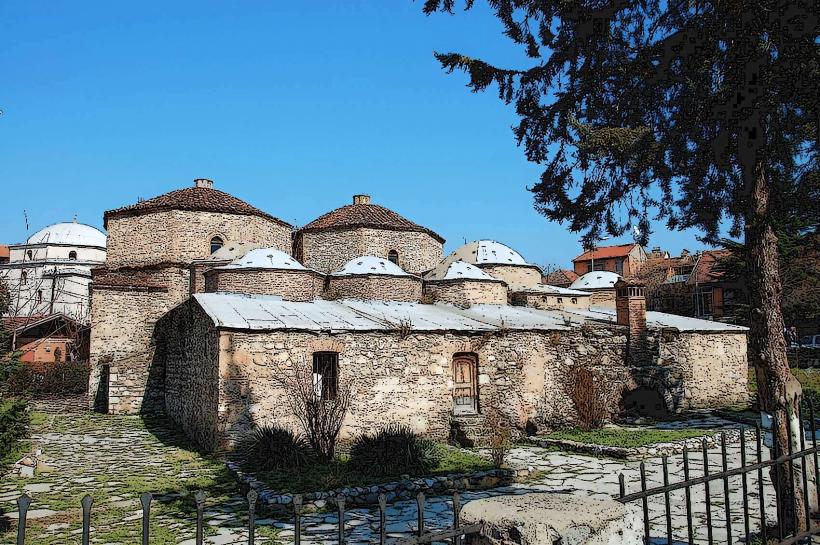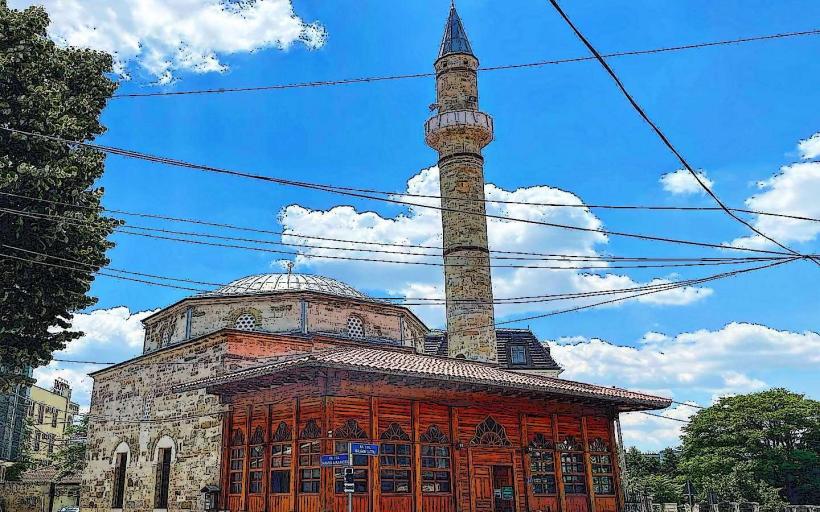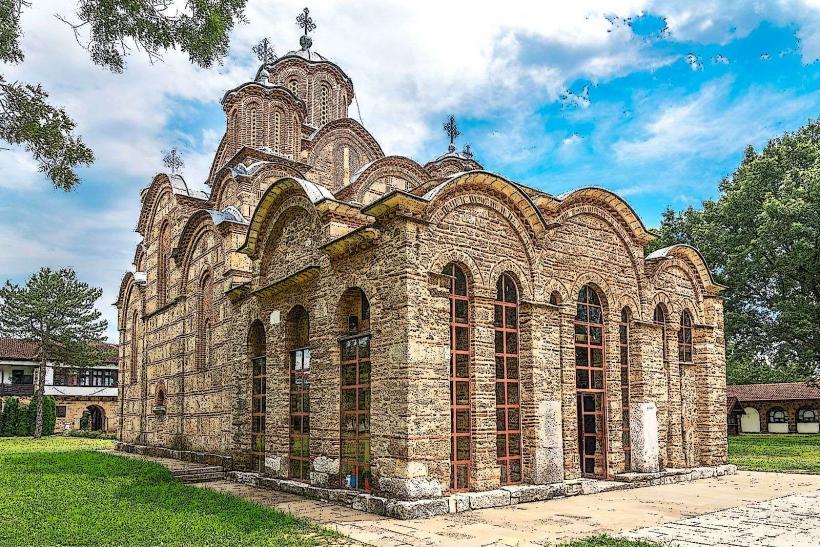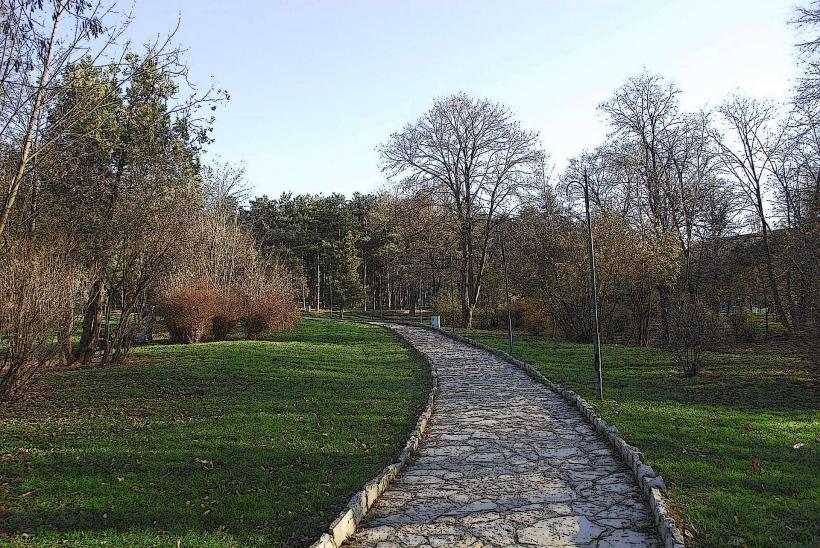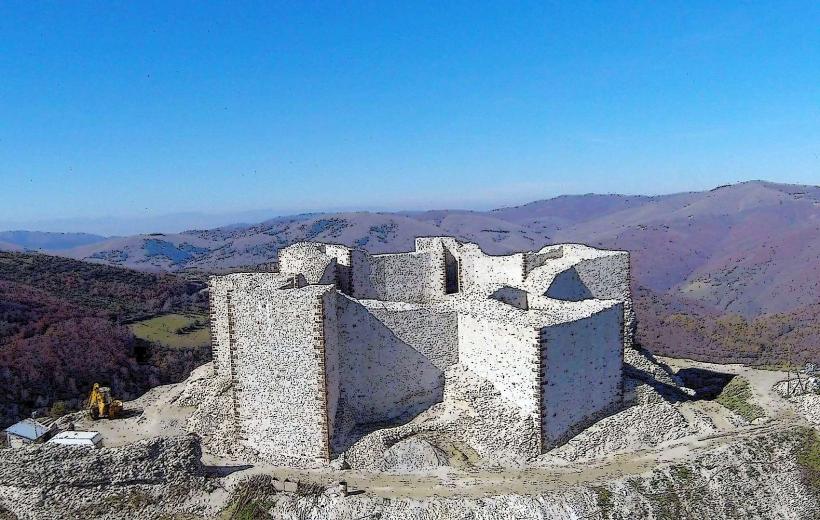Information
Landmark: Rilindja Government BuildingCity: Pristina
Country: Kosovo
Continent: Europe
The Rilindja Government Building is an iconic historical and architectural structure located in the heart of Pristina, the capital of Kosovo. This building holds significant cultural and political value, as it was associated with key moments in Kosovo’s recent history and the development of the state after the conflict in the late 1990s.
Historical Background
Name and Significance: The name "Rilindja" means "Renaissance" in Albanian, symbolizing the rebirth of Kosovo after a period of hardship and conflict. The building was named after the Rilindja newspaper, which was a prominent Albanian-language newspaper that operated from 1945 to the 1990s and played a major role in the cultural and political life of Kosovo, particularly in the context of the Kosovo Albanians' struggle for autonomy.
Architectural Context: The Rilindja Government Building, located in the city center, was built in the 20th century and reflects architectural styles typical of the Socialist period, which also includes elements from the mid-century modernist movement. During its time of construction and use, the building served as an important site for political meetings and administrative functions.
Post-War Symbolism: After the conflict in Kosovo during the late 1990s, the building became a symbol of the region's recovery and rebuilding efforts. As Kosovo transitioned from conflict to independence and self-governance, the Rilindja Government Building was used for various governmental functions, especially during the early years of Kosovo’s political restructuring.
Architectural Features
Modernist Influence: The design of the building incorporates modernist elements, with clean lines and utilitarian aspects that are characteristic of Socialist-era architecture. It was intended to reflect the political ideals of the time while serving as a functional space for governmental activities.
Prominent Location: The building is situated in a central part of Pristina, which emphasizes its importance in the city's political landscape. Its location has made it an important landmark in the heart of the capital.
Renovations: Over the years, the building has undergone renovations to preserve its structural integrity and adapt to the evolving needs of the Kosovo government. These renovations have been part of the broader efforts to modernize Kosovo’s political infrastructure following the conflict and the declaration of independence in 2008.
Modern Context
Government Use: Today, the Rilindja Government Building continues to serve governmental functions. It houses various administrative offices and has been used for political meetings and activities related to the governance of Kosovo. It is also symbolic of the post-conflict period and the efforts to establish a new, independent Kosovo.
Cultural and Political Symbol: The building remains an important symbol of the resilience and rebirth of Kosovo. It has witnessed key moments in the country's modern history and represents the aspirations of the people of Kosovo for a stable and democratic future.
Public Engagement: Though not a primary tourist destination, the Rilindja Government Building holds historical and political significance for locals and visitors interested in understanding Kosovo’s path to independence and development.
Conclusion
The Rilindja Government Building stands as a testament to Kosovo’s modern history, serving as both a functional governmental building and a symbol of the country’s journey from conflict to independence. Its design, historical significance, and central location make it a key part of the political landscape of Pristina and an important landmark in the capital.


